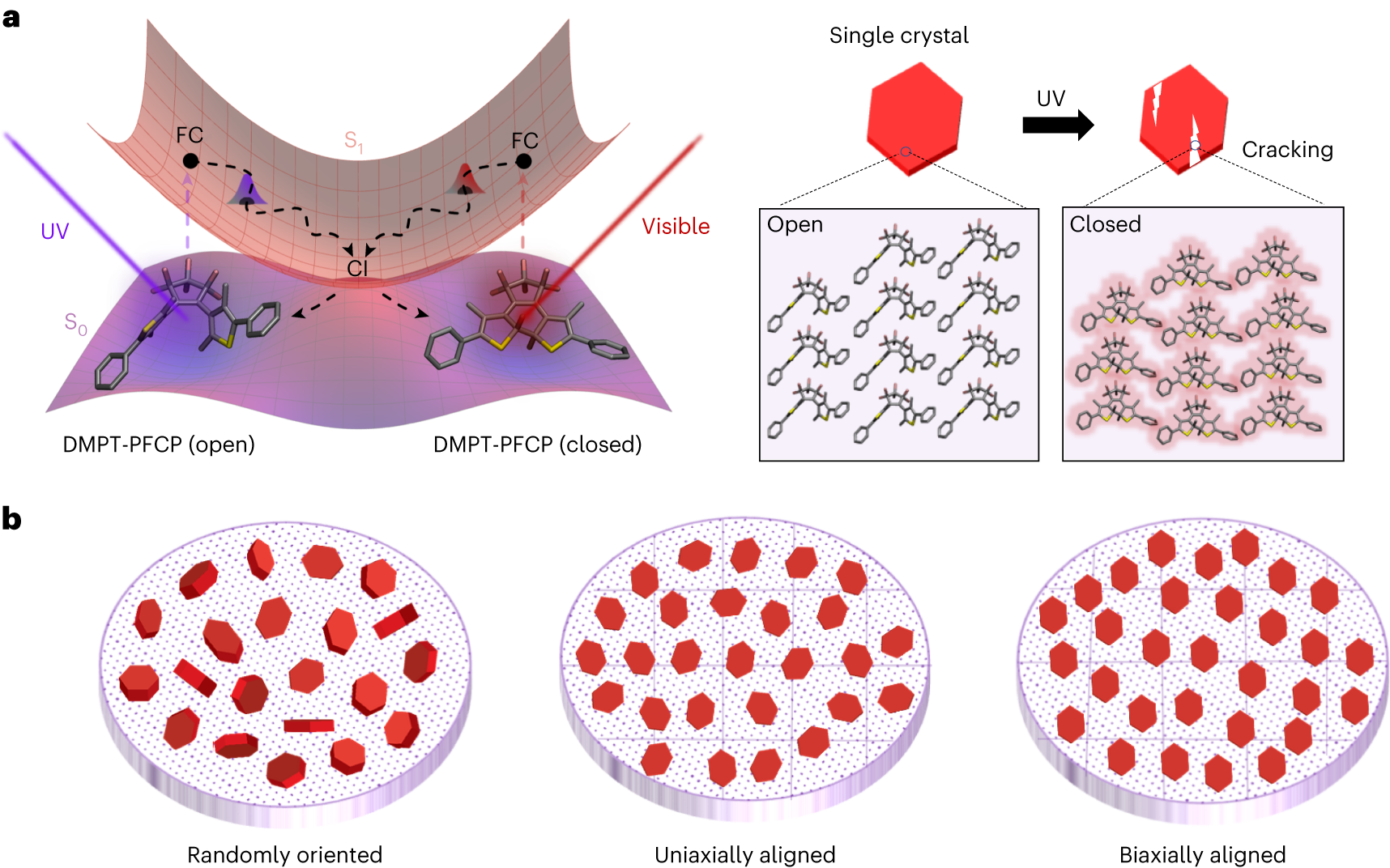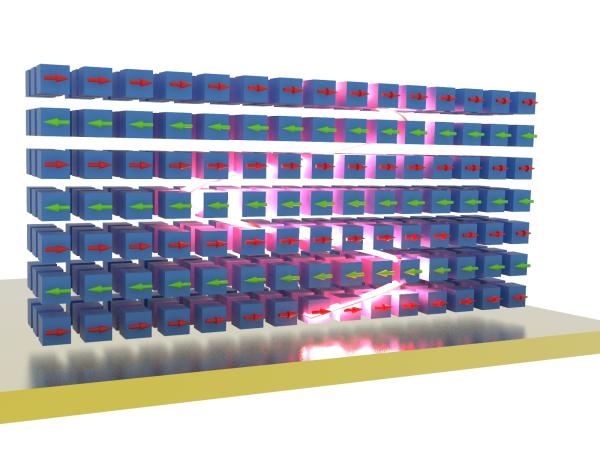
A new approach to quantum light emitters generates a stream of circularly polarized single photons, or particles of light, that may be useful for a range of quantum information and communication applications. A Los Alamos National Laboratory team stacked two different atomically thin materials to realize this chiral quantum light source.
“Our research shows that it is possible for a monolayer semiconductor to emit circularly polarized light without the help of an external magnetic field,” said Han Htoon, scien...
Read More









Recent Comments